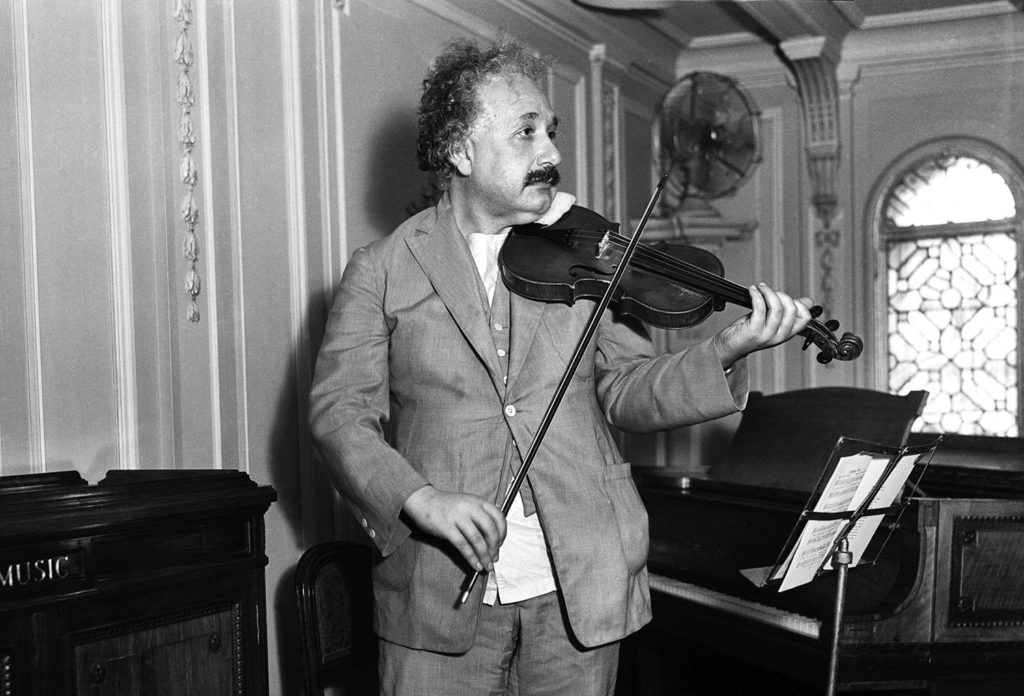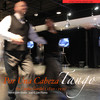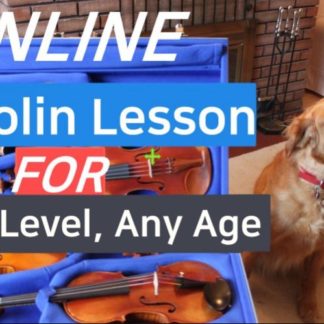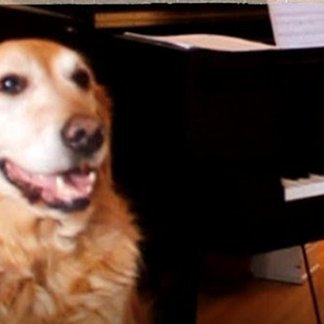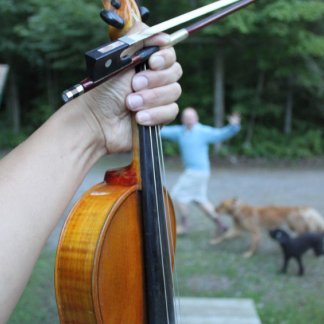
바이올린 레슨은 코칭, 피드백 및 상호작용을 포함하는 개인적인 접근 방식이 필요합니다.
이때 학생에게 가장 중요한 것은 예술적 문제를 해결하는 능력을 가르치는 것이 목적입니다. 이를 가르치기 위해서는 다음과 같은 방법을 고려해 볼 수 있습니다.
Violin lessons require a personalized approach that includes coaching, feedback, and interaction. The most important objective during these lessons is to teach students the ability to solve artistic problems. To teach this skill, the following methods can be considered.
1 문제 해결 과정을 가르치기: 예술적 , 기술적 문제를 발견하고 해결하는 과정을 가르치는 것이 중요합니다. 문제를 발견하는 방법, 문제를 정의하는 방법, 가능한 해결책을 생각하는 방법, 최적의 해결책을 선택하는 방법 등을 가르칠 수 있습니다.
예를 들어 곡을 연주하는 문제라는 일반적인 해결 과정은 학생에 따라 차이가 나지만
1.느리게 연습 2. 메트로늄을 가지고 연습 3. 작은 소리로 음정(Pitch) 연습 등의 과정을 정형화 해 줄 필요가 있습니다.
Teaching the problem-solving process: It is important to teach the process of discovering and solving artistic and technical problems. This includes teaching how to identify problems, define problems, think of possible solutions, and select the best solution. For example, the general problem-solving process for playing a piece may vary depending on the student, but it is necessary to standardize processes such as 1. practicing slowly, 2. practicing with a metronome, 3. practicing pitch with a quiet sound.
2 문제 해결 전략을 가르치기: 특정 유형의 음악적, 기술적 문제를 해결하는 데 필요한 일반적인 전략을 가르치는 것이 도움이 됩니다. 예를 들어, 문제를 분해하는 것, 패턴 인식을 사용하는 것, 실험과 실패를 통해 해결책을 찾는 것 등을 가르칠 수 있습니다.
예를 들어 , 문제가 새로운 곡이라면 곡을 연주함에 있어서 곡의 구조를 분해해 이해하고 – 이를 위해 악보를 먼저 보는 훈련을 알려주고- , 그리고 악보에서 학생이 찾지 못한 특정 패턴이 있는것을 알려주고, 그것을 어떻게 연습하는지 알려주는 것이 됩니다.
Teaching problem-solving strategies: It is helpful to teach general strategies needed to solve specific types of musical or technical problems. For example, you can teach how to break down a problem, use pattern recognition, find solutions through trial and error, and so on. For instance, if the problem is a new piece of music, the process of playing the piece would involve breaking down the structure of the piece, training to read sheet music, and identifying specific patterns that the student may not have recognized on their own, and then teaching them how to practice those patterns.
3.문제 해결 경험을 제공하기: 문제 해결 경험이 많은 스승은 자신의 경험을 전달해 문제해결 과정을 익히는데 도움이 되도록 해야 됩니다. 이러한 경험에서 우러나오는 가르침은 실제 상황에서 어떻게 문제를 발견하고 해결하는지에 대한 좋은 학습 기회를 제공합니다. 예를 들어 일반적인 곡의 연습으로 느리게 연습을 하는 것이 교과서 적인 가르침이지만, 곡에 따라서는 원래 빠른 템포 그대로 초견부터 시작하면서 완성시키는 방법도 가능하고, 음정의 경우 일정 수준의 학생이라면 작은 소리와 함께 하모닉스 스케일 연습을 사용하는 방법, 톤 칼라를 만드는 연습은, 톤칼라를 만들기 위해 서로 다른 줄의 톤을 일치시키거나, 극도의 대비를 주는 방법, 그리고 무엇보다 머릿속으로 연습하는 등 다양한 예가 가능합니다.
Providing problem-solving experiences: Teachers with problem-solving experience should share their experiences to help students learn the problem-solving process. Lessons from these experiences provide valuable learning opportunities for how to discover and solve problems in real situations. For example, while slow practice is textbook teaching for practicing a typical piece, for some songs it’s possible to start with the original fast tempo from the beginning and complete it, and for pitch, students at a certain level can practice harmonic scale exercises with soft sounds, tone color exercises to create tone color by matching different tones on different strings or extreme contrast methods, and most importantly, mental practice. There are various examples.
4.학생 스스로 문제 해결의 창의성을 개발하게 하기: 문제 해결 능력은 창의성을 필요로 합니다. 창의성을 개발하는 방법으로는 문제에 대한 새로운 시각을 찾는 것, 예측하지 못한 해결책을 찾는 것, 일반적인 해결책에서 벗어나는 것 등이 있습니다. 학생이 자신만의 길을 찾아 문제를 해결할 수 있도록 하는 것이 진정한 음악가를 만드는 방법입니다.
To develop students’ creativity in problem-solving: problem-solving skills require creativity. Methods to develop creativity include finding new perspectives on problems, finding unexpected solutions, and breaking away from conventional approaches to problem-solving. Allowing students to find their own way to solve problems is the way to create true musicians.
“Self-realization is important” I realized while playing the violin – Albert Einstein
5.실습과 피드백 제공하기: 문제 해결 능력은 실습과 피드백을 통해 향상됩니다. 실제 예술적 기술적 과제나 문제를 제시하고 해결책을 제시한 후, 학생들이 직접 해결해 보도록 유도하고, 해결책에 대한 피드백을 제공하는 것이 중요합니다.
Providing Practice and Feedback: Problem-solving skills are enhanced through practice and feedback. It is important to present actual artistic or technical challenges or problems, suggest solutions, and guide students to solve them on their own. Providing feedback on their solutions is crucial.
6. 학생만의 개성과 스타일을 갖춘 결과물 : 예술가의 문제 해결의 결과물은 스타일과 개성이 없으면 안됩니다. 스승이 할일은 먼저 문제 해결을 위한 여러 도구를 다루는 것을 가르쳐 주고 , 그 다음에 자유를 허락하는 것입니다. 스타일이 없으면 예술이 없으므로, 학생의 개성적 결과물을 만드는 것이 예술적 문제해결의 최종 목적입니다.
Creating results with students’ own personality and style: The result of an artist’s problem solving must have style and personality. The teacher’s job is to first teach various tools for problem solving, and then allow freedom. Without style, there is no art, so creating a result that reflects the student’s individuality is the ultimate goal of artistic problem solving.
